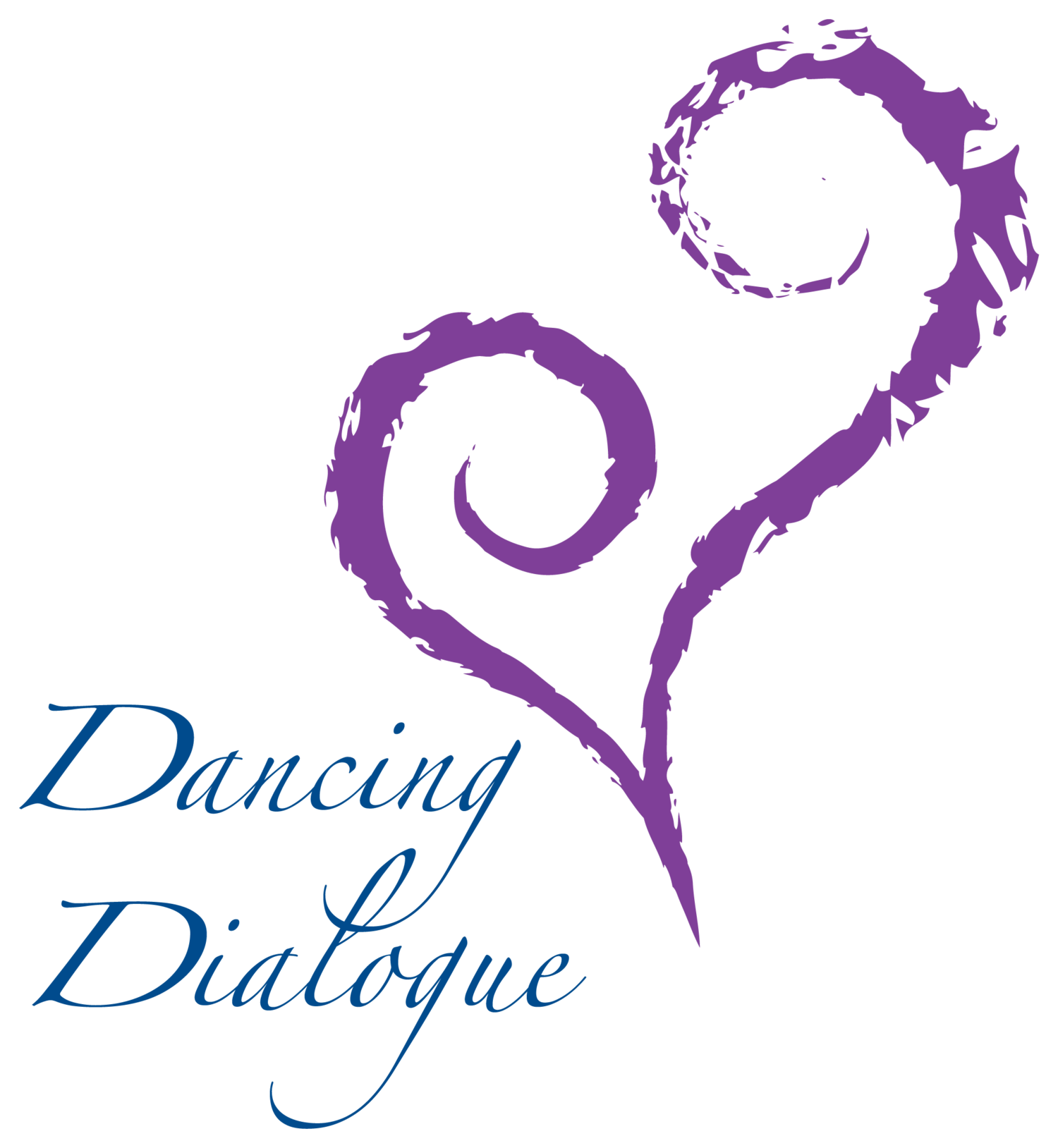Utilization, Delivery, and Outcomes of Dance/Movement Therapy for Pediatric Oncology Patients and their Caregivers: A Retrospective Chart Review
by Karolina Bryl1, Suzi Tortora1,2, Jennifer Whitley1,2, Soo-Dam Kim1, Nirupa J. Raghunatha 1,3, Jun J. Mao 1,* and Susan Chimonas 4
1Department of Medicine, Integrative Medicine Service, Memorial Sloan Kettering Cancer Center, New York, NY 10065, USA
2 MSK Kids, Memorial Sloan Kettering Cancer Center, New York, NY 10065, USA
3 Department of General Internal Medicine, Memorial Sloan Kettering Cancer Center, New York, NY 10065, USA
4 Department of Epidemiology and Biostatistics, Memorial Sloan Kettering Cancer Center, New York, NY 10065, USA
*Author to whom correspondence should be addressed.
Curr. Oncol. 2023, 30(7), 6497-6507; https://doi.org/10.3390/curroncol30070477 (registering DOI)
Received: 22 May 2023 / Revised: 30 June 2023 / Accepted: 4 July 2023 / Published: 6 July 2023
Abstract
Children with cancer and their caregivers face physical and psychosocial challenges during and after treatment. Dance/movement therapy (DMT) has been used to improve well-being, promote healthy coping, and mitigate the impact of illness, but limited knowledge exists regarding DMT utilization, delivery, and outcomes in pediatric oncology. This retrospective study aimed to identify reasons for referral to DMT, DMT visit characteristics, key DMT techniques and processes, and clinician-reported outcomes. We examined the electronic medical records of 100 randomly selected pediatric patients (resulting in 1160 visits) who received DMT services between 2011 and 2021. Sociodemographic, clinical, and visit characteristics, referral reasons, and clinician-reported outcomes were reported as frequency and proportions. Qualitative thematic analysis was used to identify key DMT techniques and processes. Among 100 patients (63% female, aged 0–27 years), 77.9% were referred for psychological distress and 19.6% for pain. Two distinct DMT approaches were used during visits: a traditional DMT approach (77%) and a multisensory DMT approach (23%). The most common visit length was 15–25 min (41.6%), followed by sessions of 30–45 min (22.5%) and ≤10 min (18.1%). A total of 61.9% of DMT visits were inpatient and 38.1% outpatient. Of all visits, 8.8% were new and 91.2% were follow-ups. Caregivers were engaged in treatment in 43.7% of visits, and 5.5% of visits focused entirely on the work with the caregiver. DMT intervention focused on self-expression, emotional self-regulation, coping strategies, socialization, and caregiver–child interaction. Clinician-reported outcomes included enhanced coping with hospital experience (58%), improved pain management (27%), improved self-regulation (21%), and increased physical activation (13.2%). The results suggest DMT as a supportive intervention for psychological distress and pain management in pediatric oncology patients and provide insights into DMT practices and outcomes to guide intervention development and future research.
Keywords:
dance/movement therapy; pediatric oncology; creative arts therapies; psychological distress; pain management
